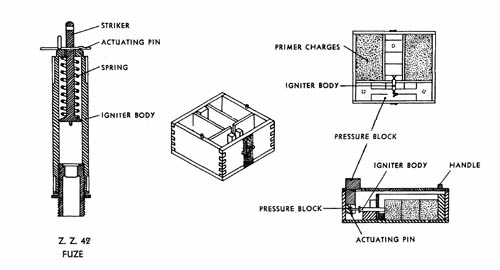
The body of the German Holzmine 42 consists of a wooden box of 3/4-inch lumber divided into four compartments by removable partitions. The two side compartments contain the main explosive filling; the central compartment the 7-ounce primer charges; and the end compartment the operating mechanism.
The main filling consists of two charges of 50/50 Amatol covered with a bitumastic substance as a protection against water. While it is believed that several different types of primer charges are used, three
The end compartment contains a shearing flange secured to the outside wall by two 3/8-inch wooden dowels. It is provided with a central slot to receive the end of the striker. The igniter rest consists of a small block of wood with a U-shaped piece cut out at the top, and screwed to the base from the underside.
When the mine is armed, the feet of the pressure block rest on the shear flange, in which position the head of the pressure block projects about two inches above the lid. During transit, the pressure block is reversed so that the feet rest on blocks in the bottom of the box.
A pressure of approximately 200 pounds on the pressure block shears the dowels securing the shear flange to the outer wall of the mine and forces the flange down onto the igniter pin which is withdrawn freeing the spring-loaded striker. The fuze used is the standard German Z. Z. 42.
The Holzmine 42 has also been used as a booby trap by employing an anti-lifting device. This device which is fitted into a hole underneath the central compartment is believed to consist of a
SPECIFICATIONS
| Internal dimensions | 11.4 x 10.7 x 3.2 ins. | |
| Size of lid | 13 x 12 x 3/4 ins. | |
| Size of aperture in lid | 6.4 x 2.5 ins. | |
| Pressure block (without feet) | 6 x 2.4 x 2.4 ins. | |
| Size of compartments: | ||
| Main charges | 4.5 x 7.7 ins. | |
| Priming charges | 1.7 x 6.8 ins. | |
| Thickness of partitions | .19 in. | |
| Size of shearing flange | 7.6 x 1.25 x .5 ins. | |
| Size of slot in shearing flange | .27 x .67 in. | |
| Size of wooden blocks | 3.1 x .78 x .86 ins. deep | |
| Main explosive | Amatol 50/50 | |
| Total weight of explosive | 11.9 lb. | |
| Total weight of mine | 18 lb. |
German: p. 304.3
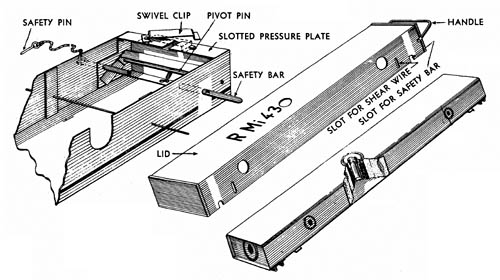
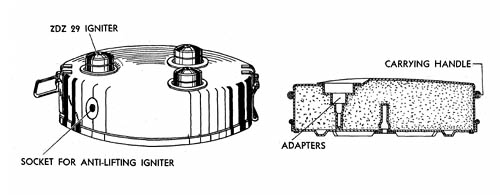
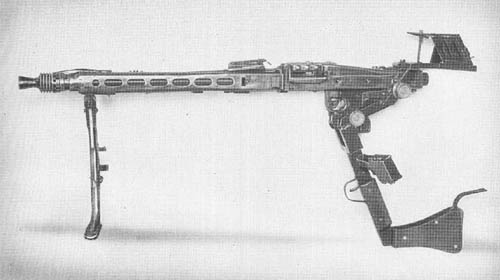
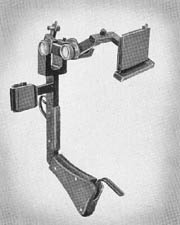
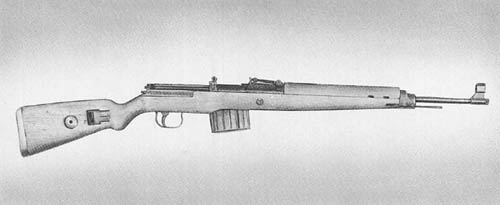
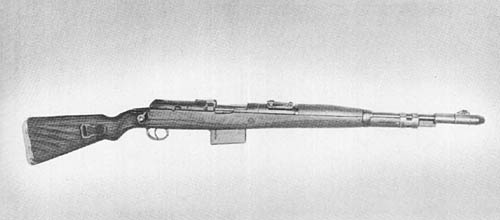
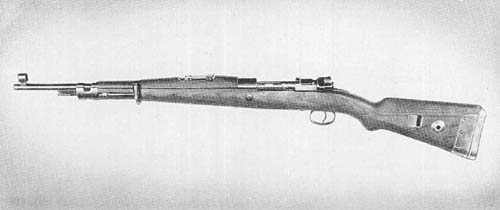
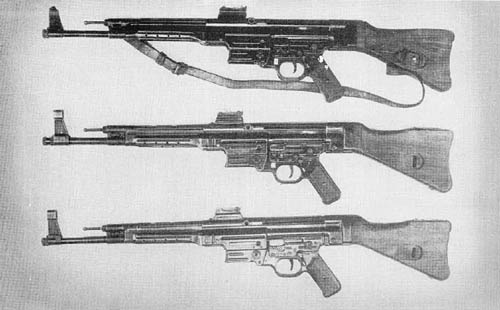
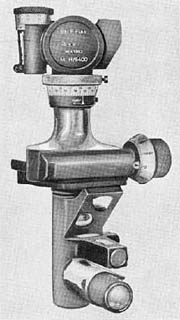 The Rbl. Flak is used with heavy antiaircraft guns for indirect fire against ground targets and for reciprocal laying. A modified type is designed for use with the predictor.
The Rbl. Flak is used with heavy antiaircraft guns for indirect fire against ground targets and for reciprocal laying. A modified type is designed for use with the predictor.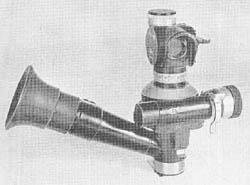 The Rundblickfernrohr 40 is believed to have been designed for use with the
The Rundblickfernrohr 40 is believed to have been designed for use with the